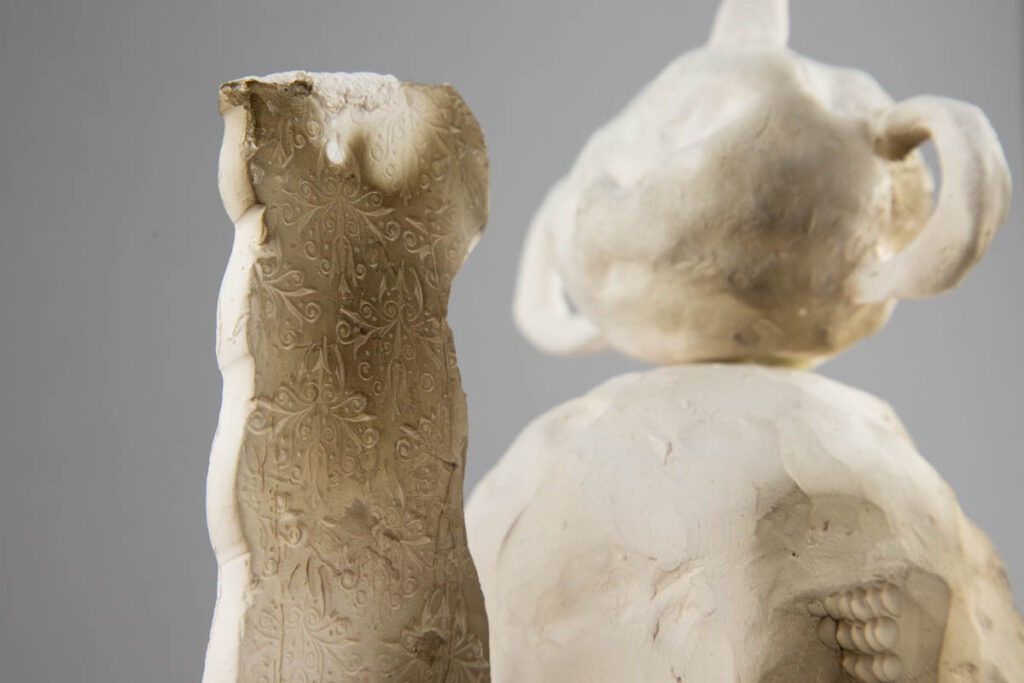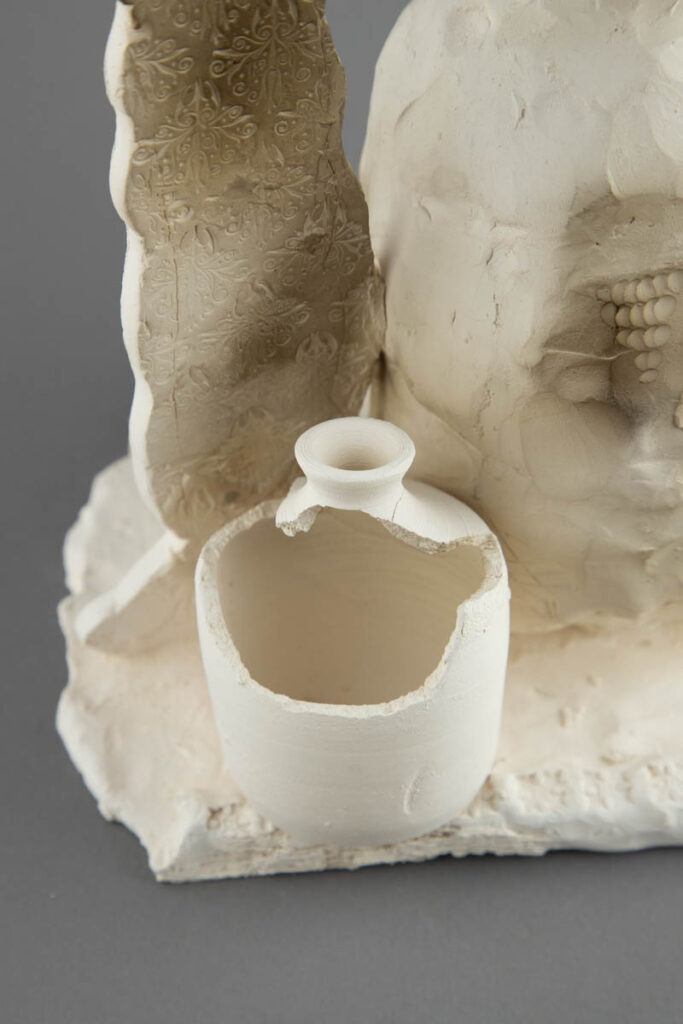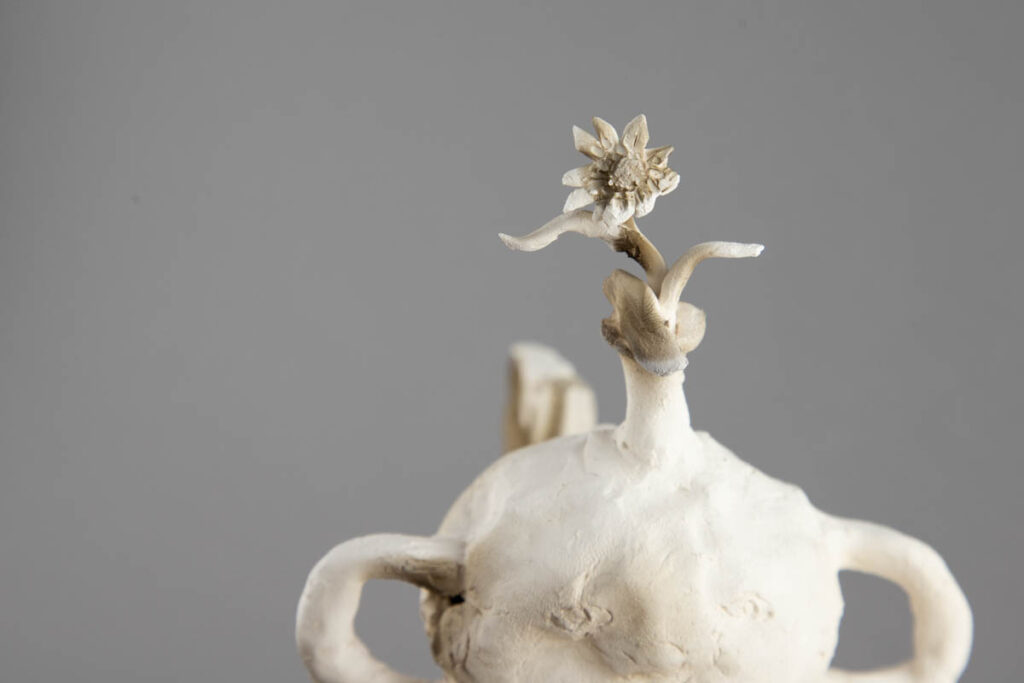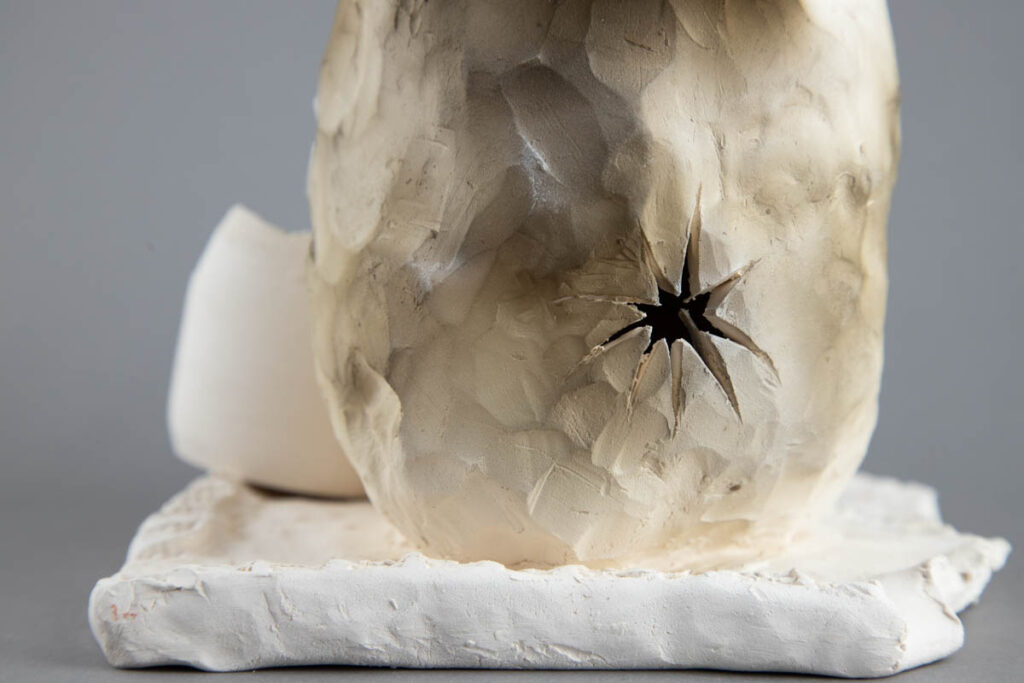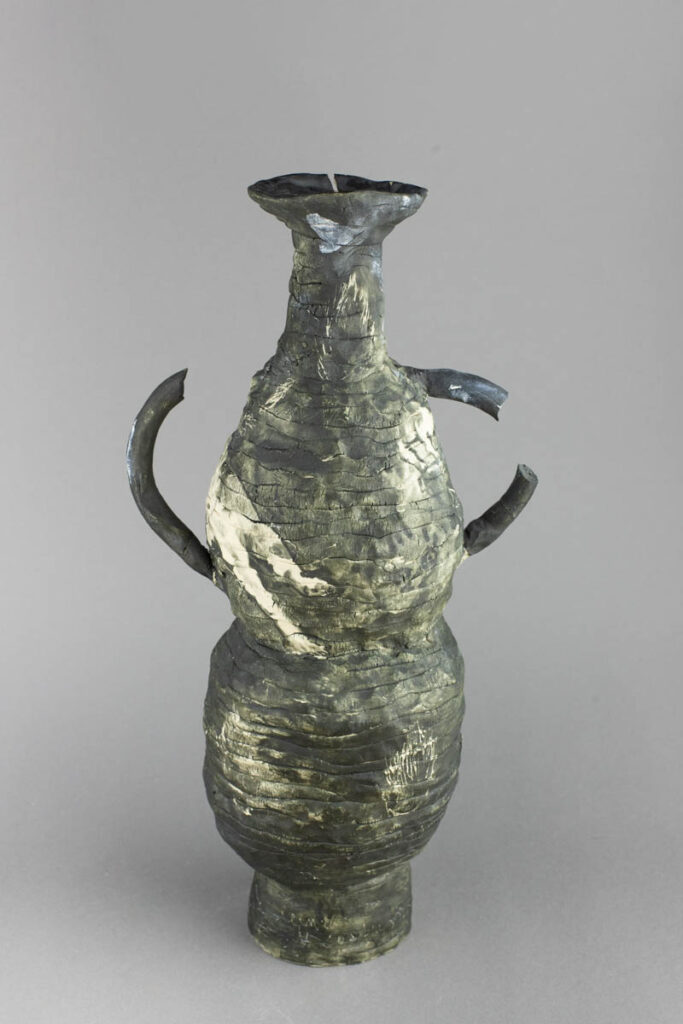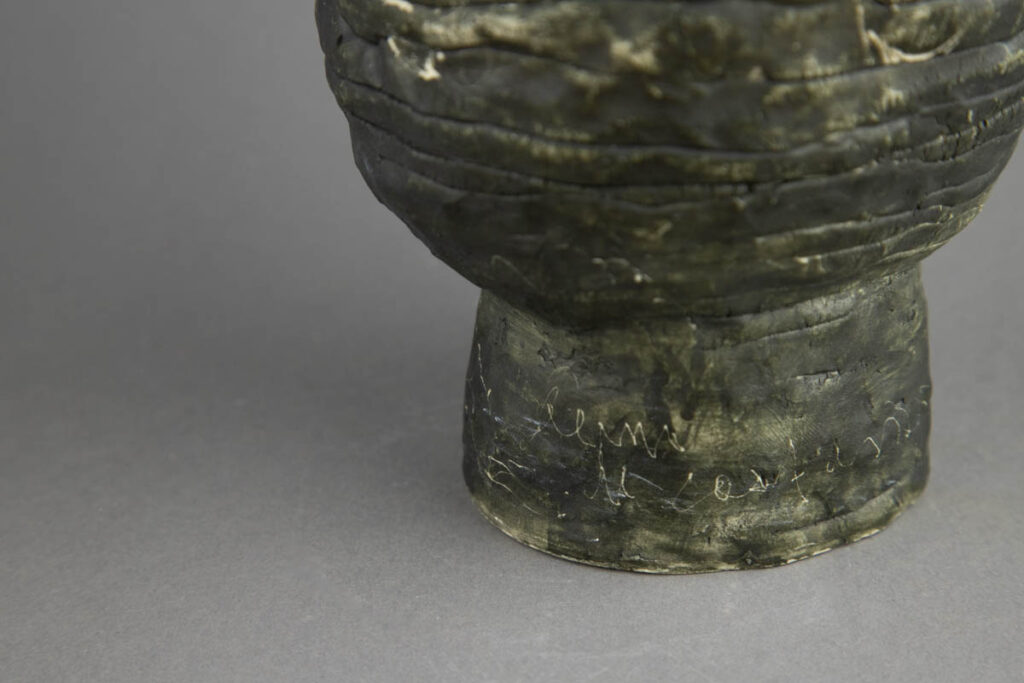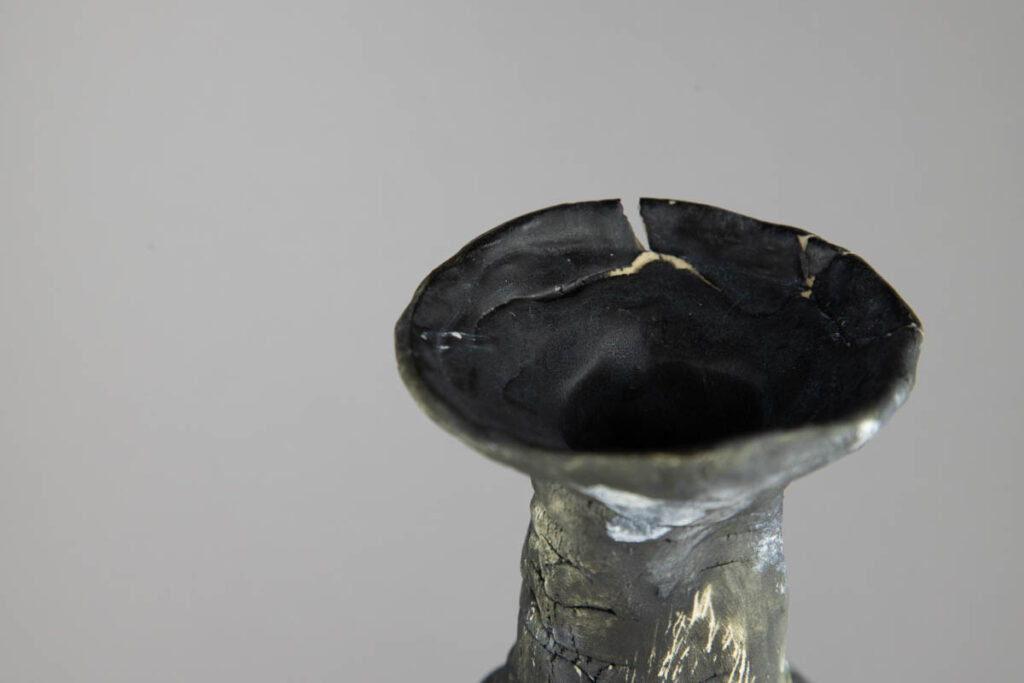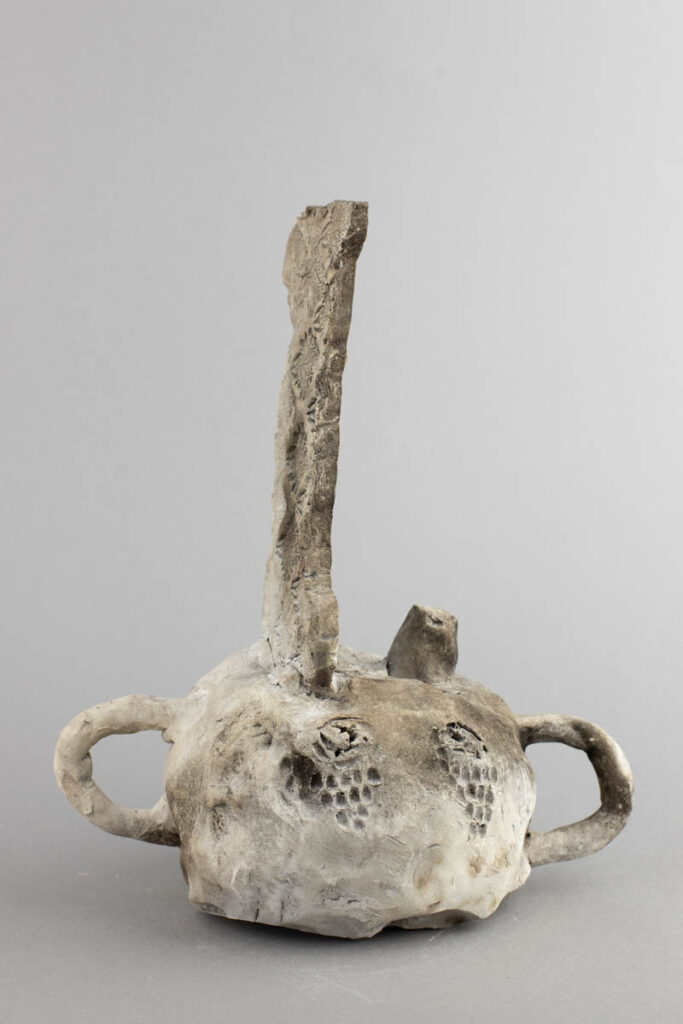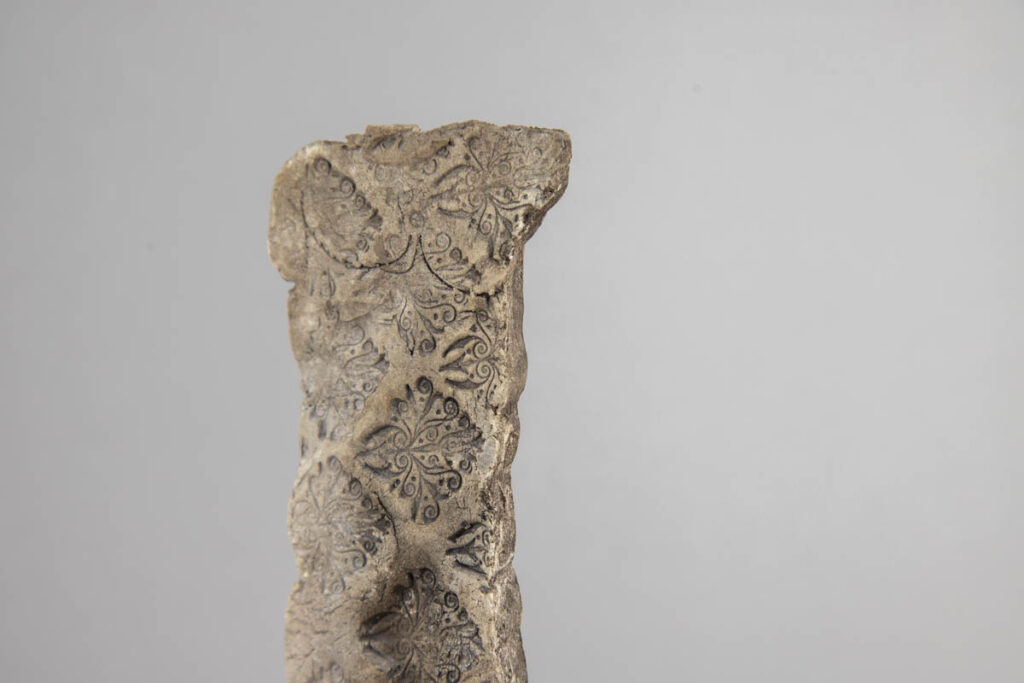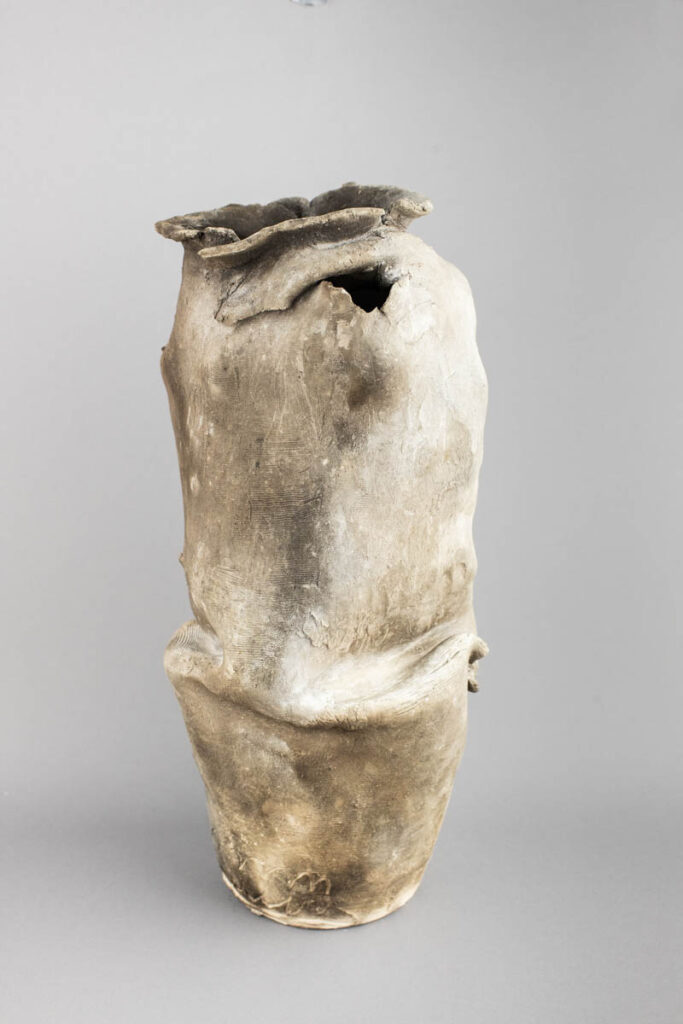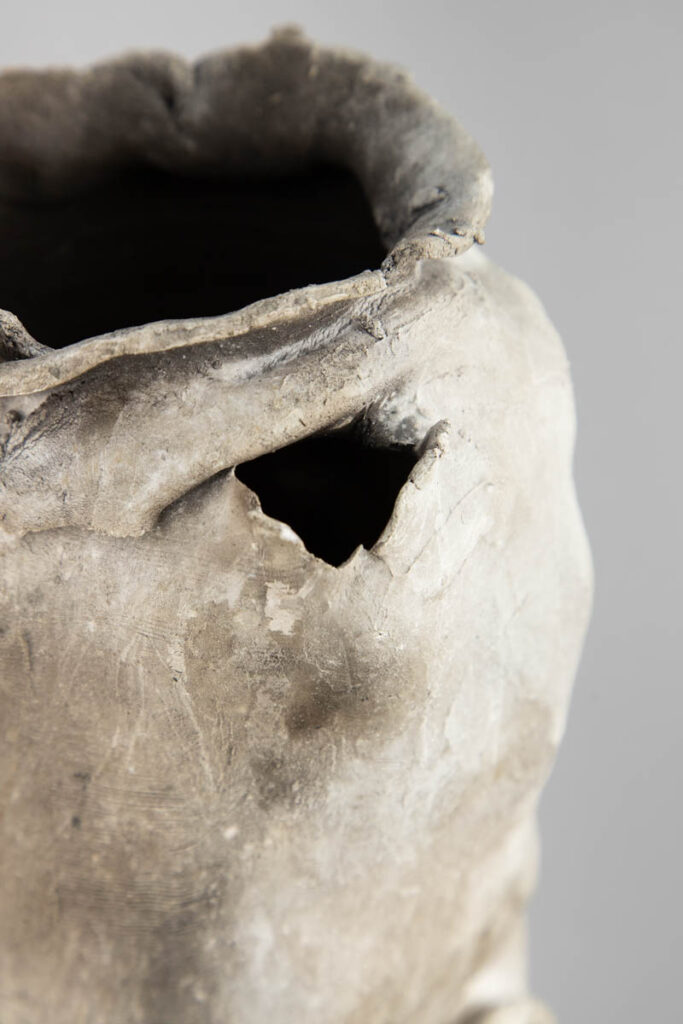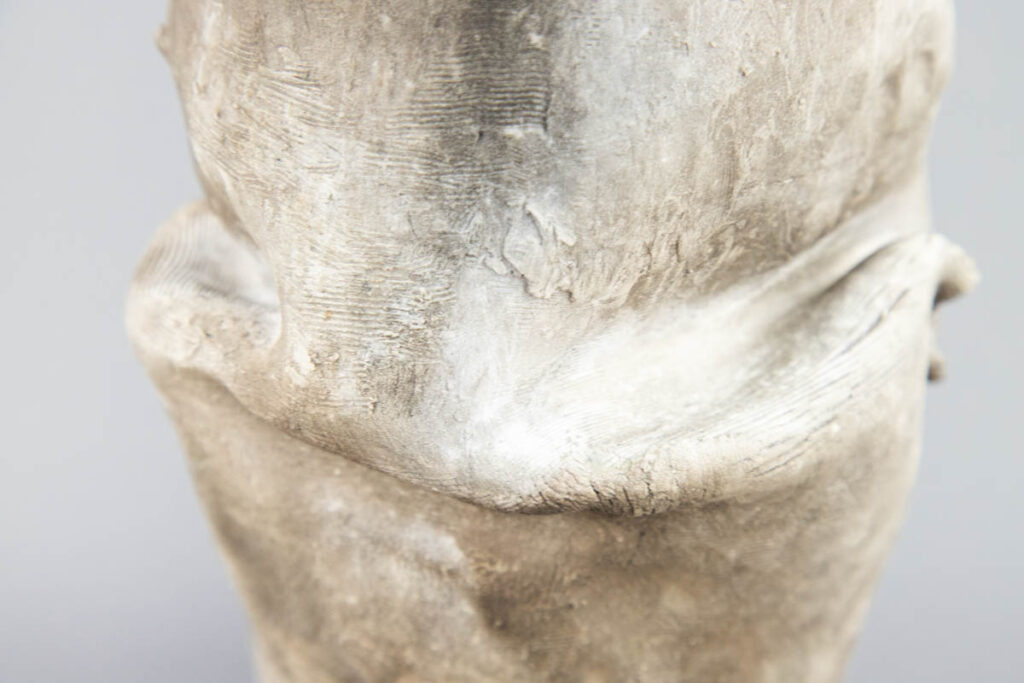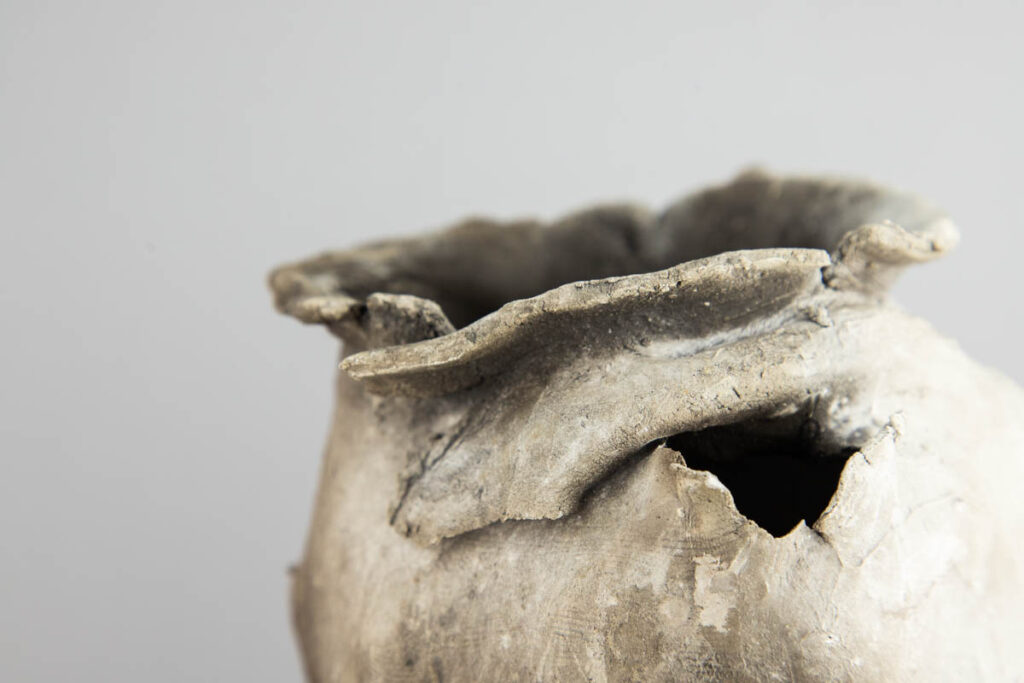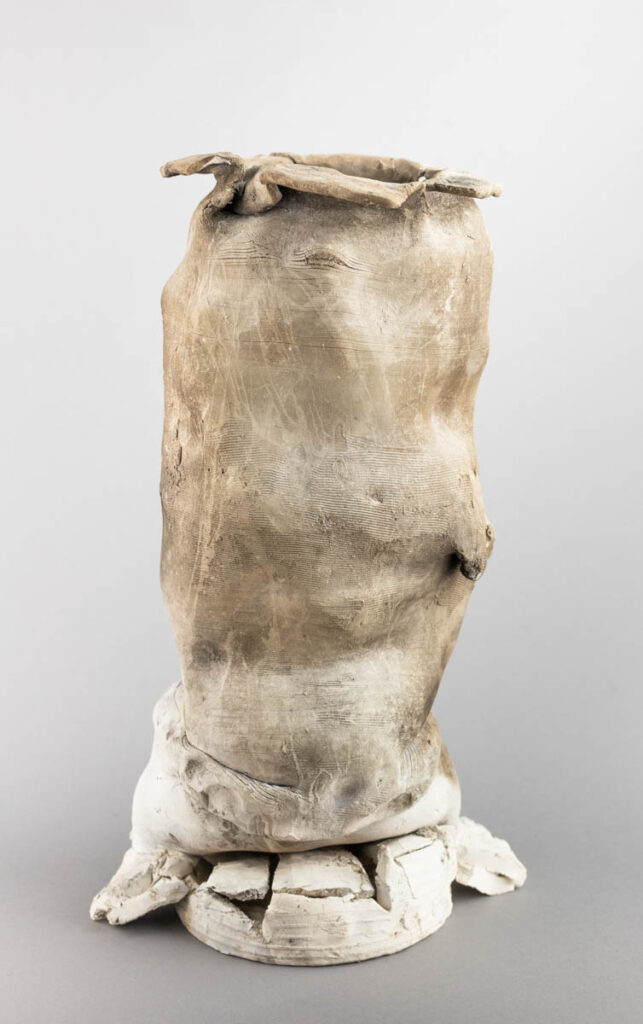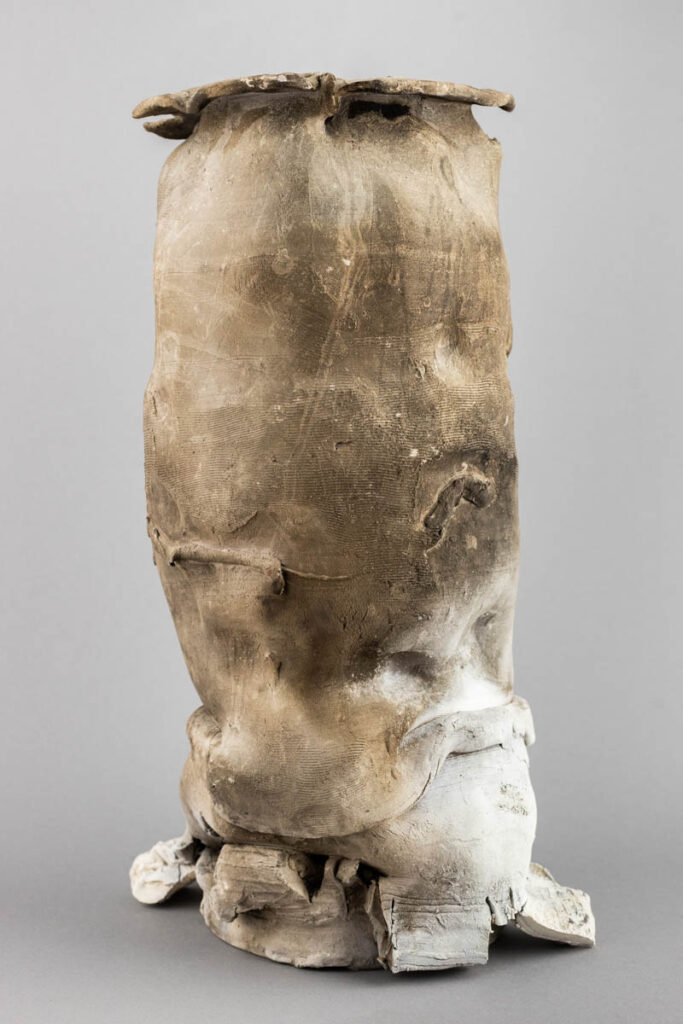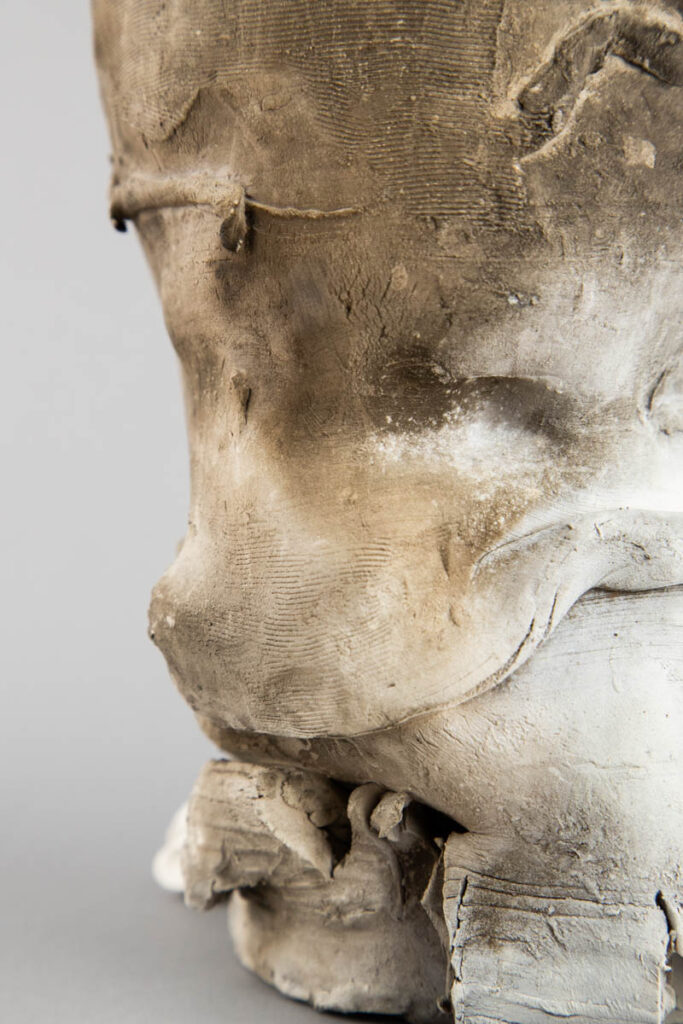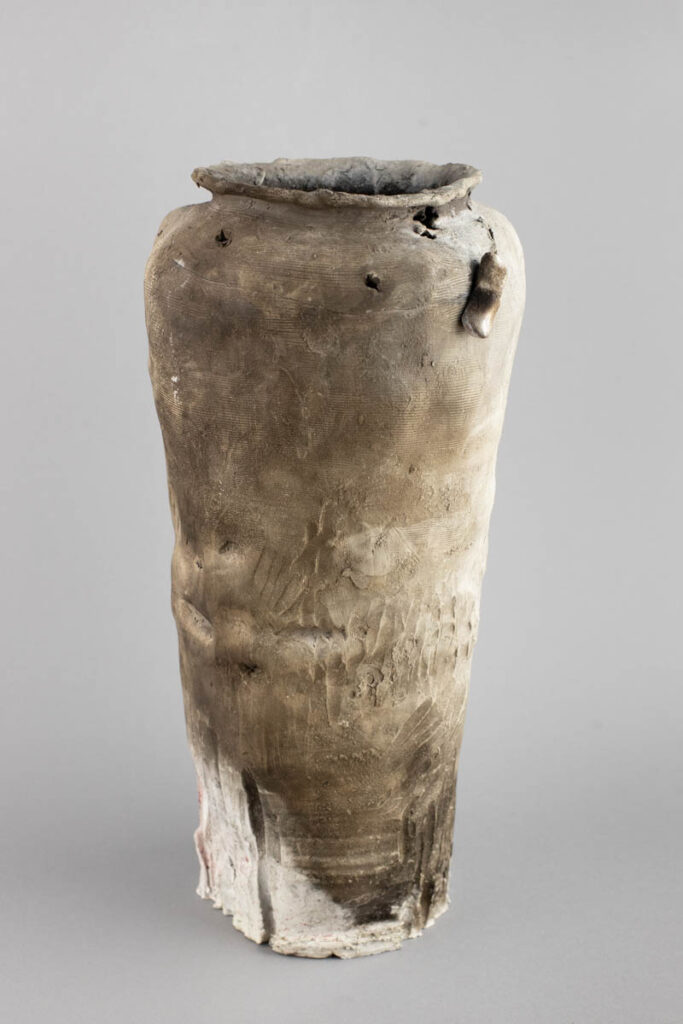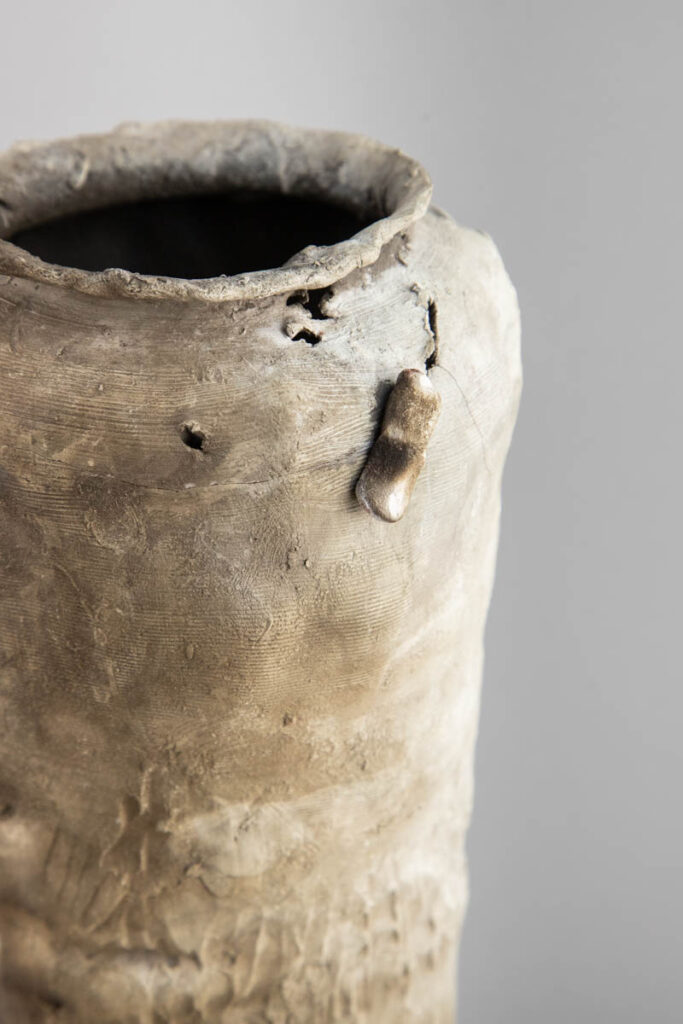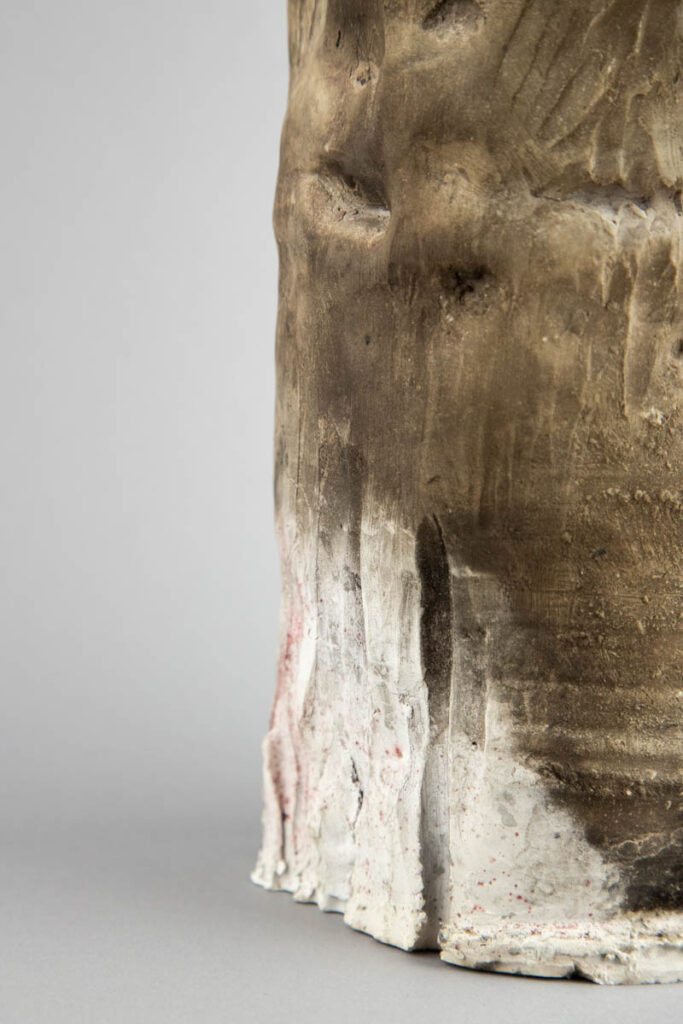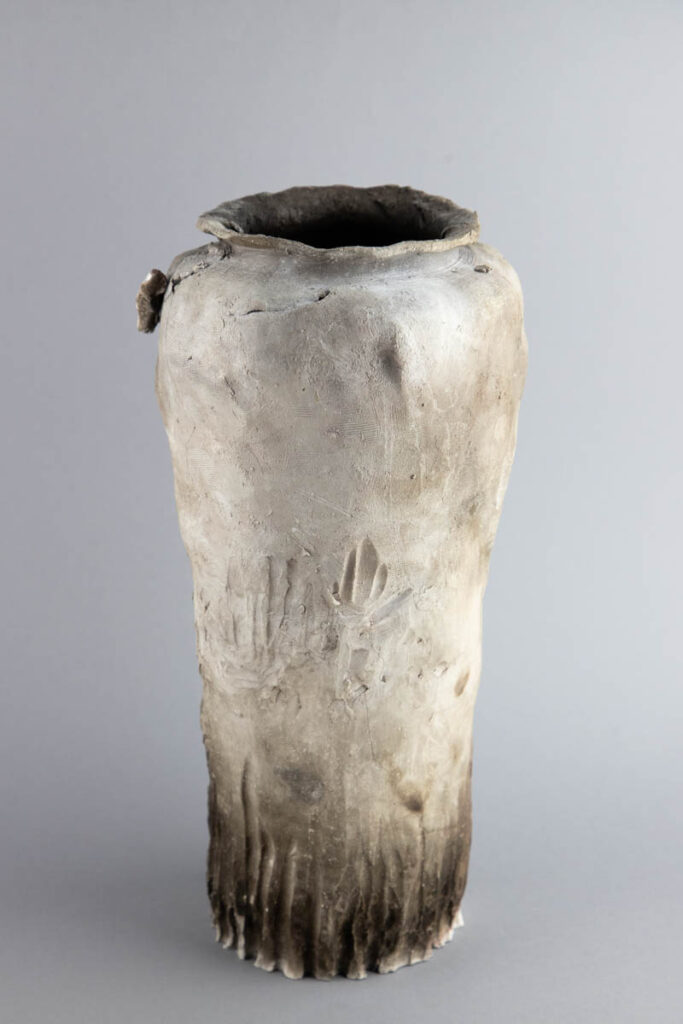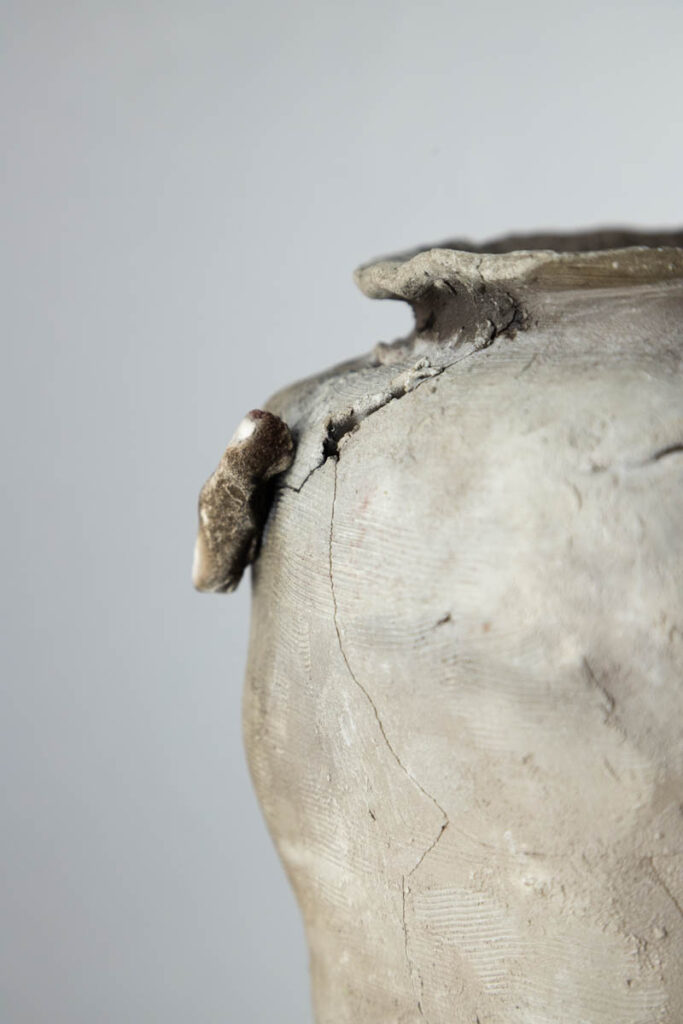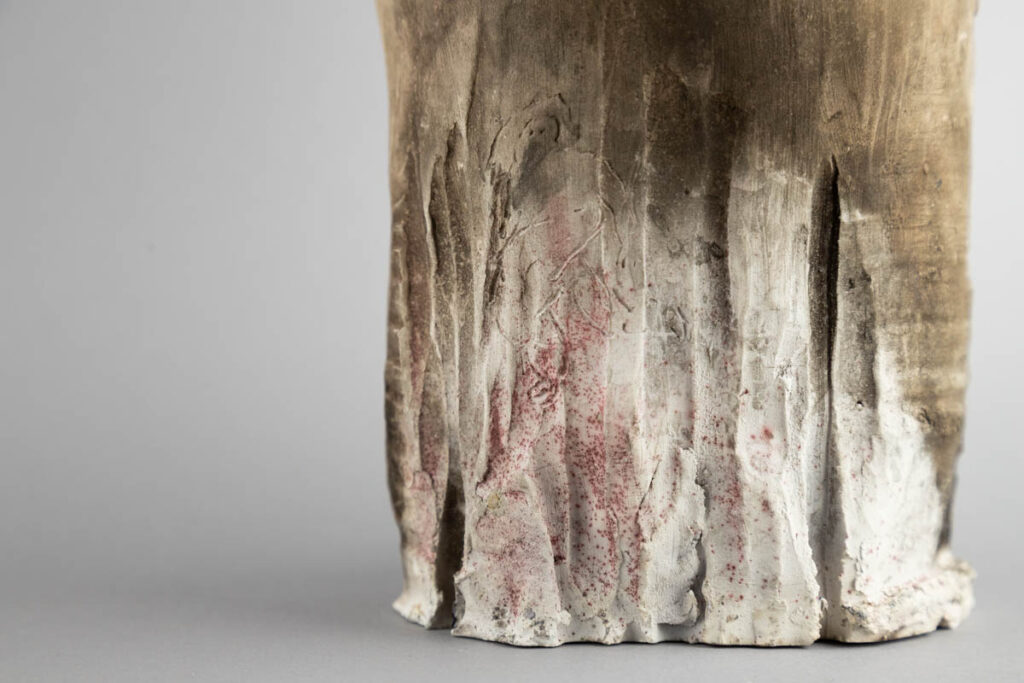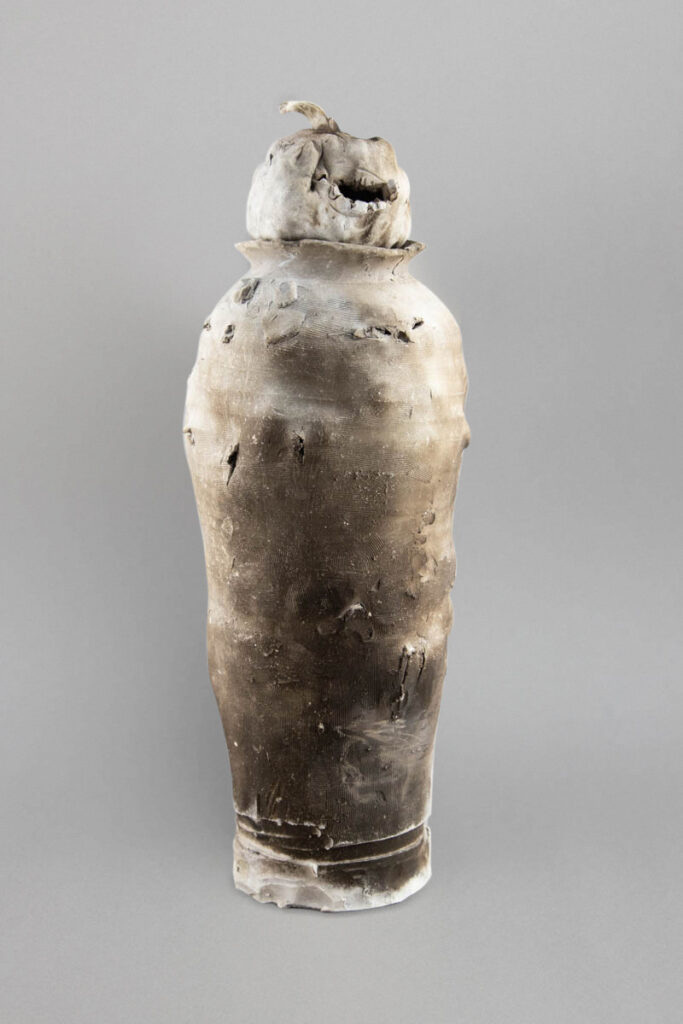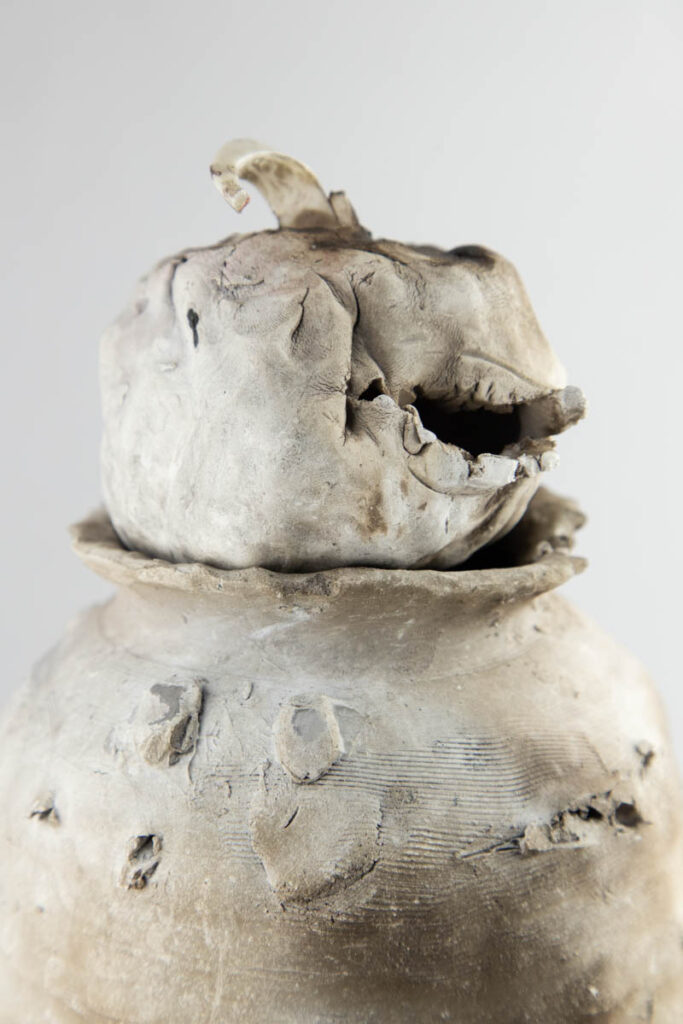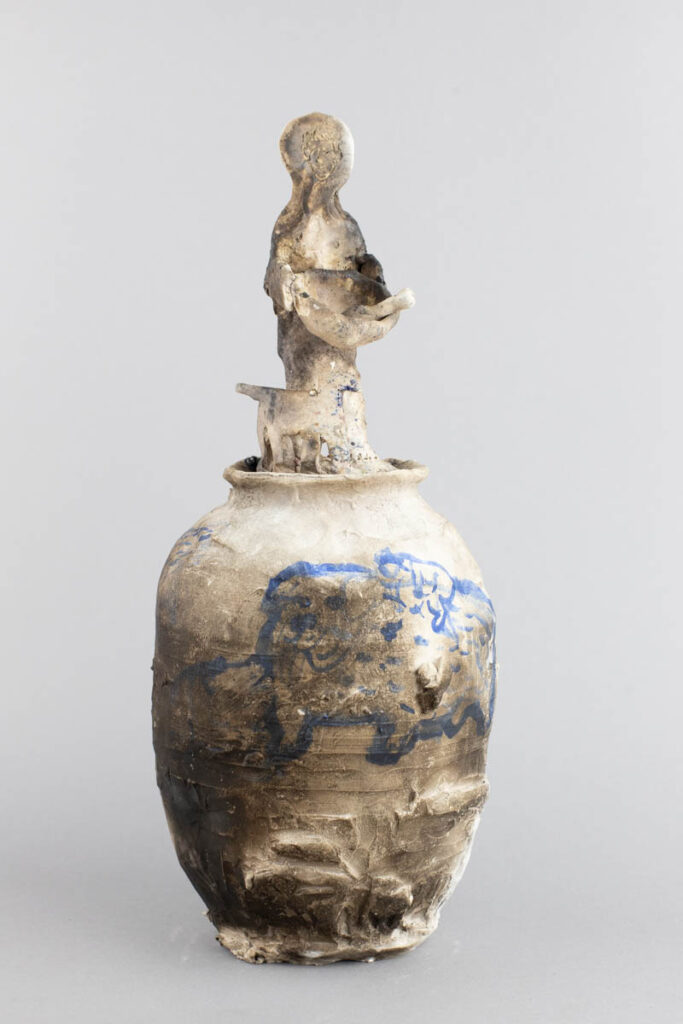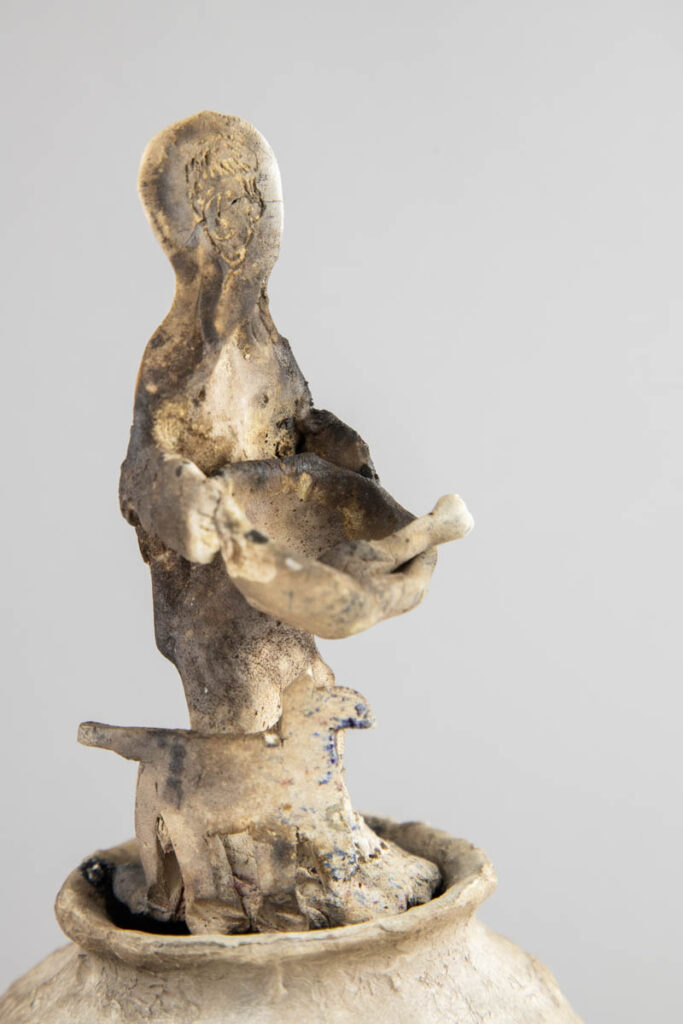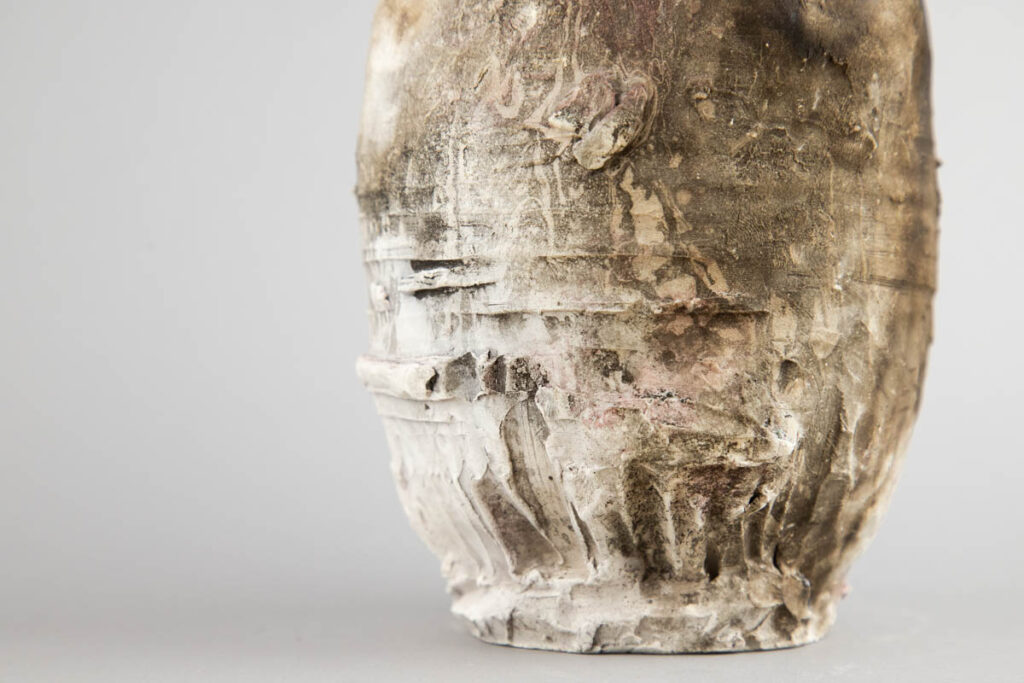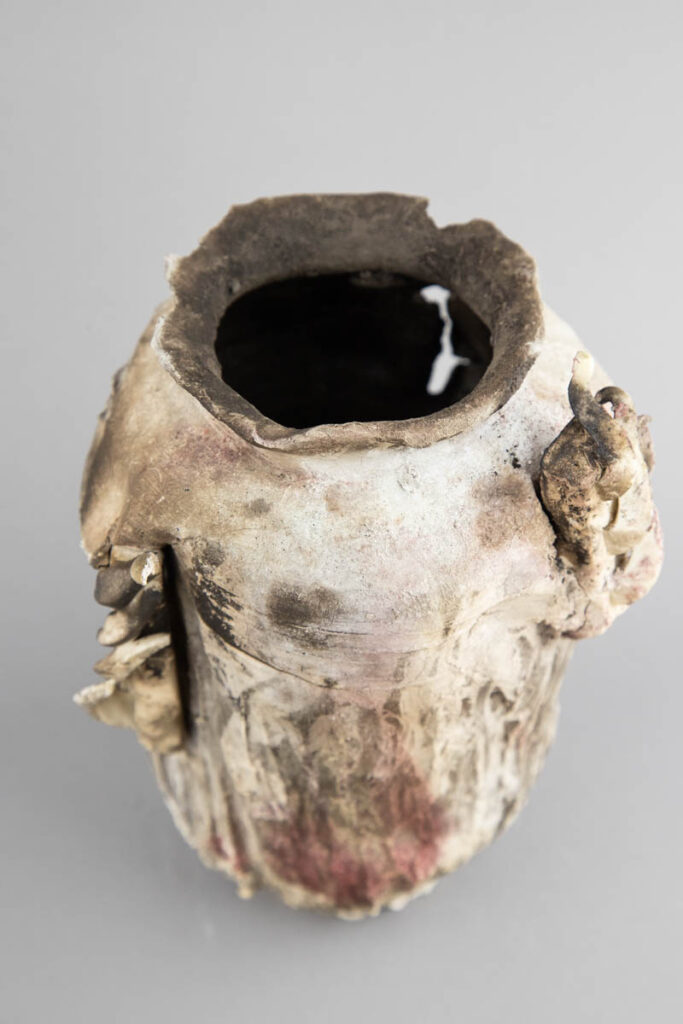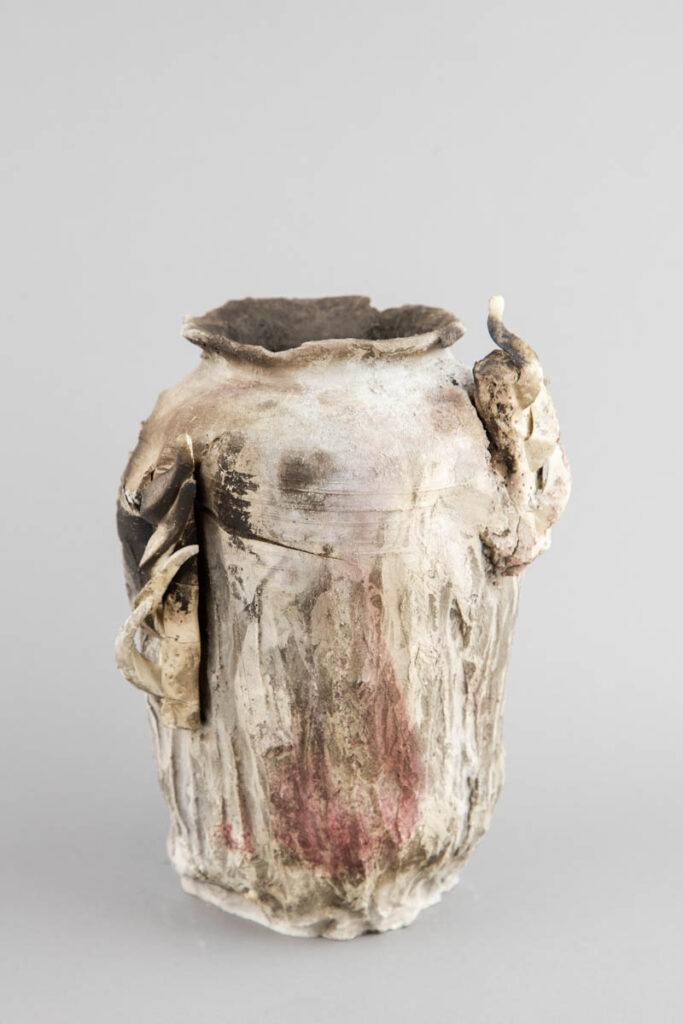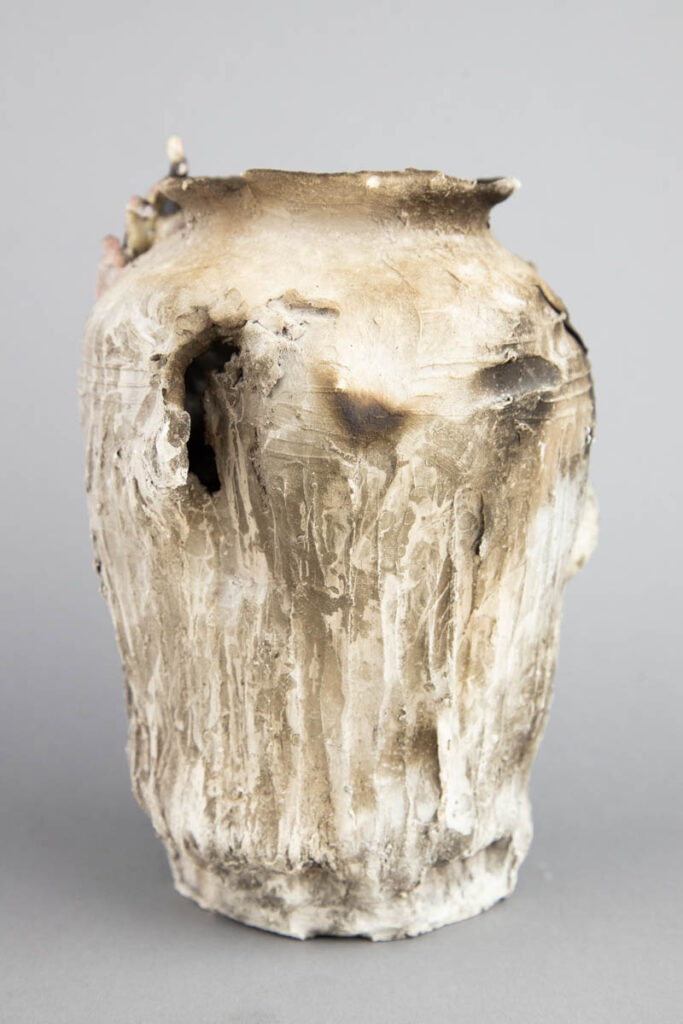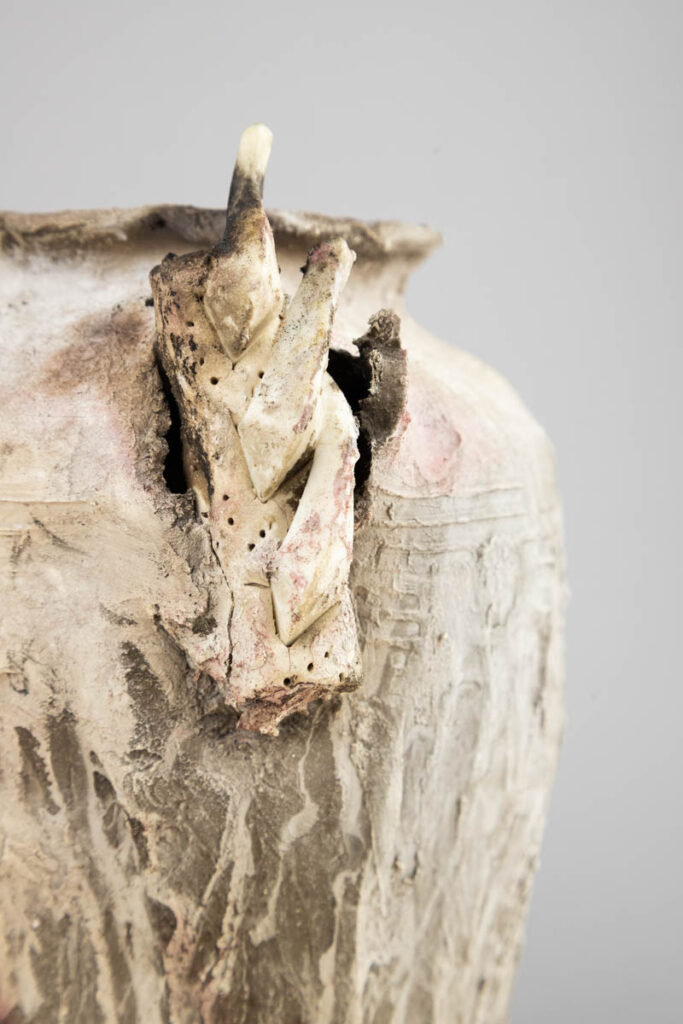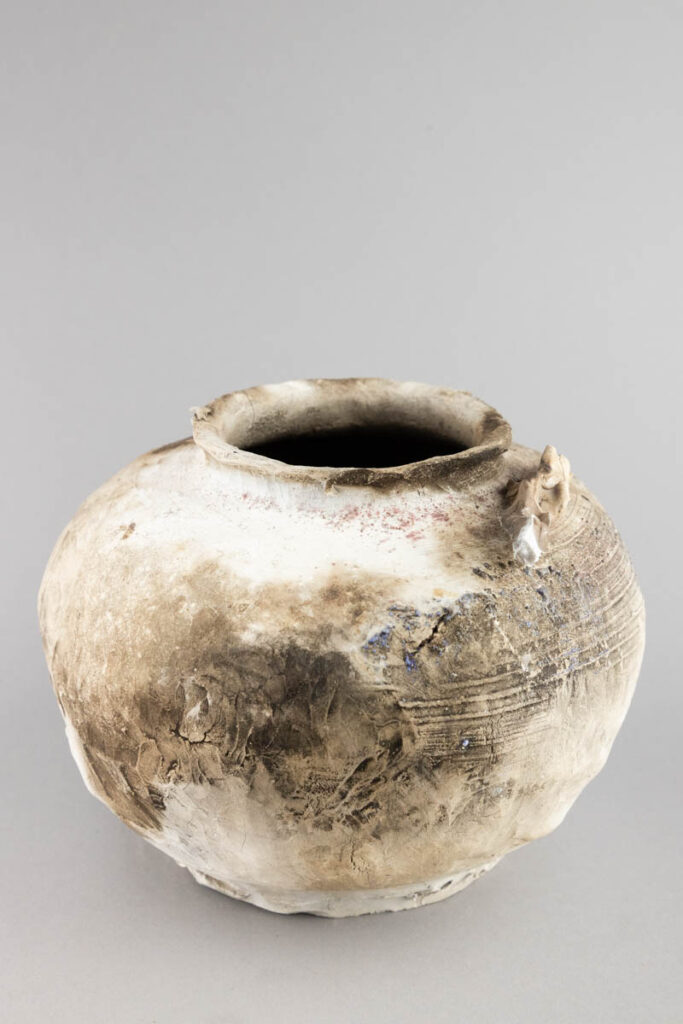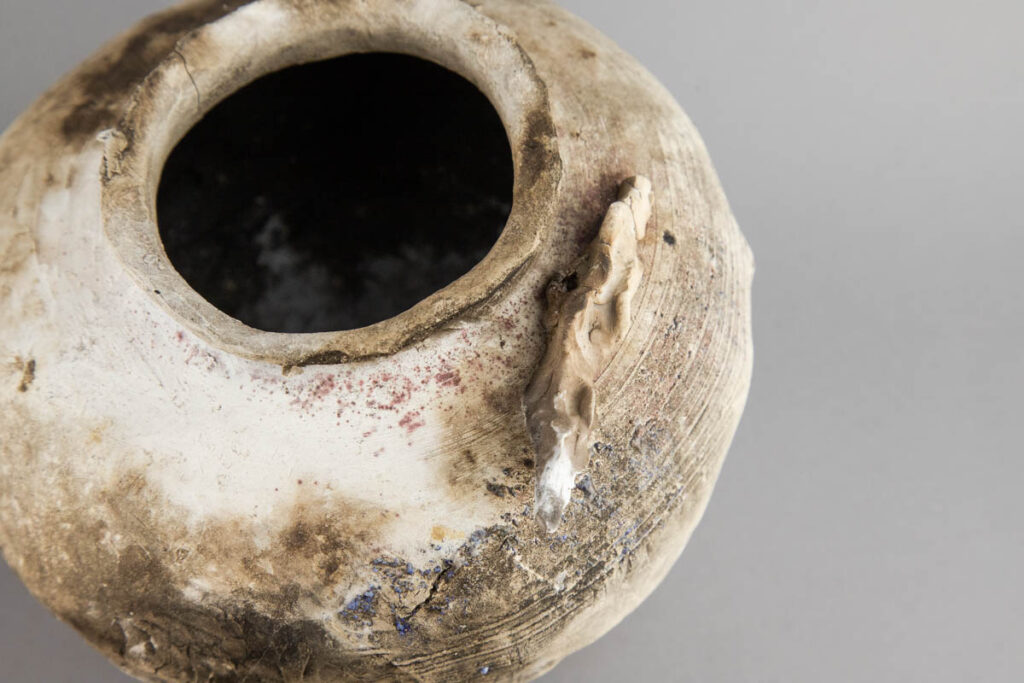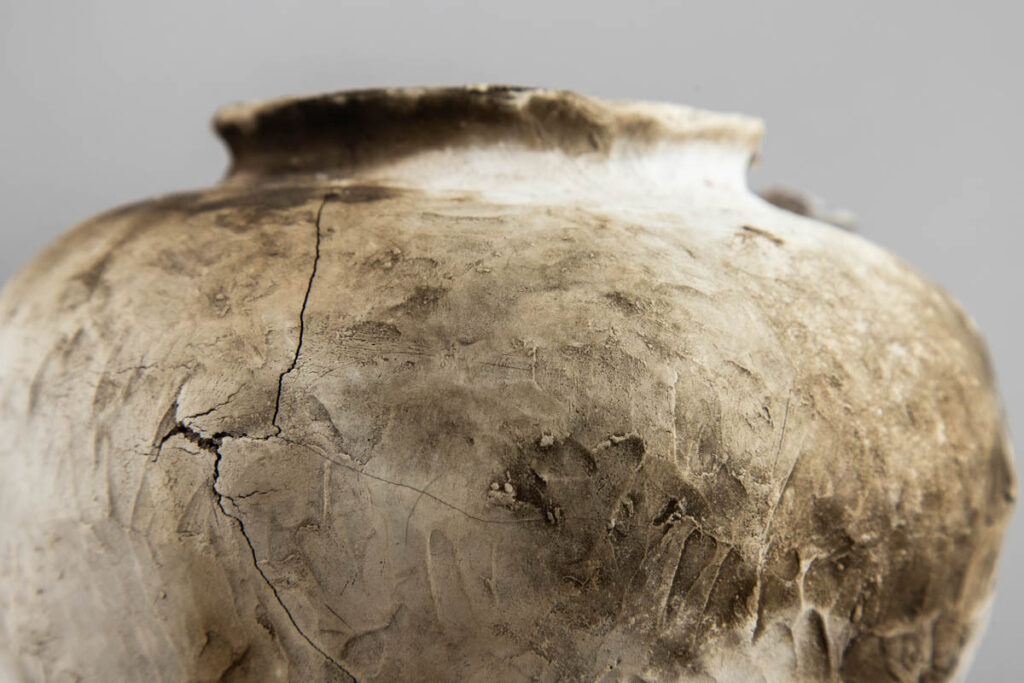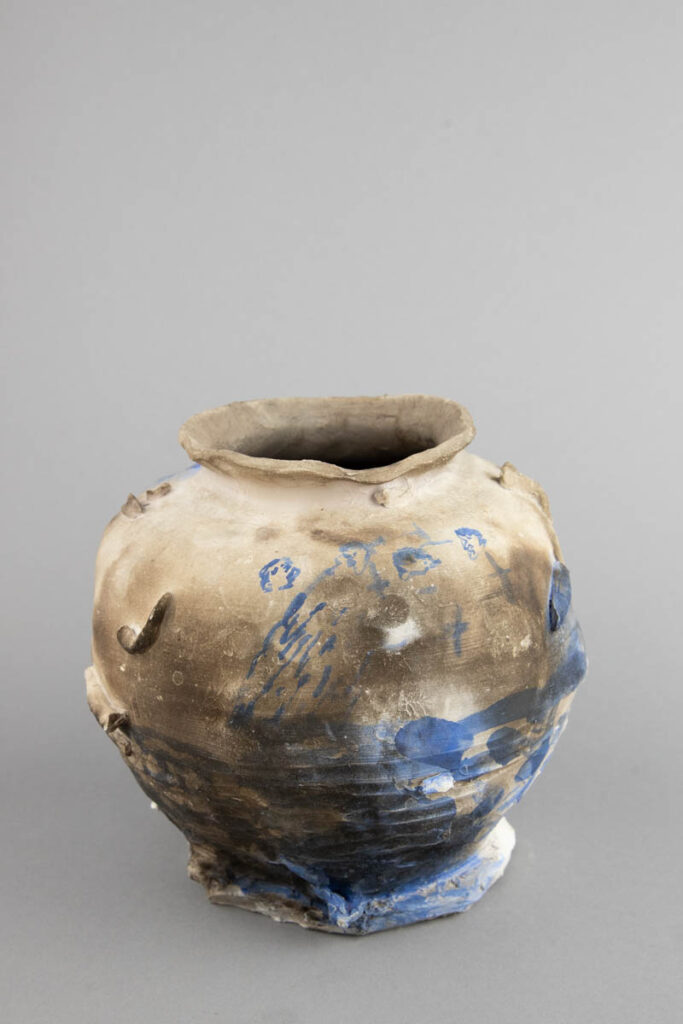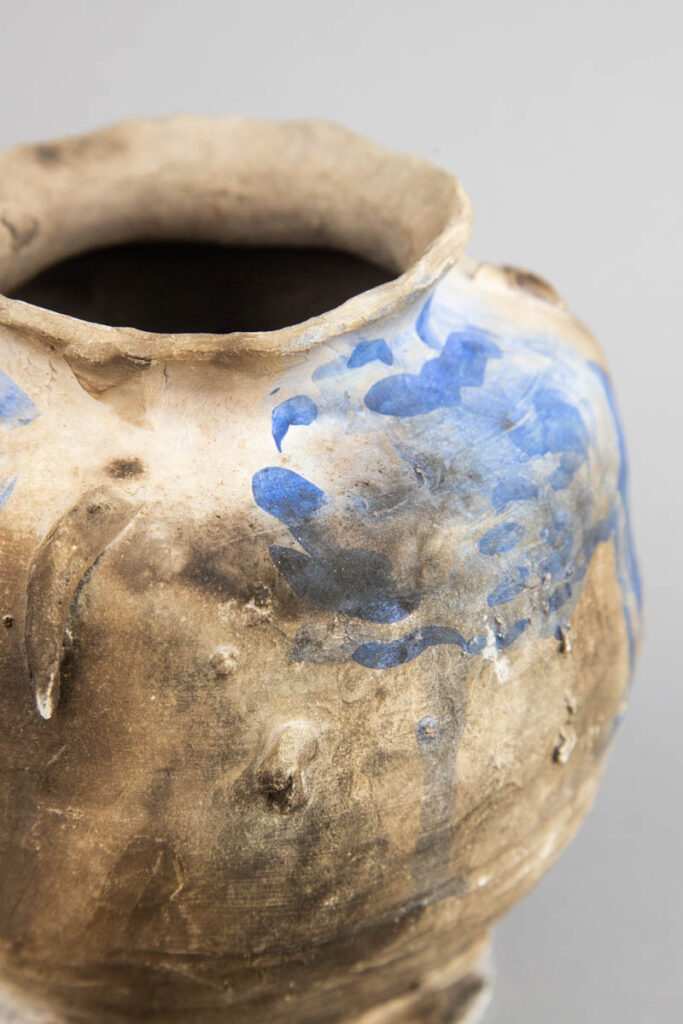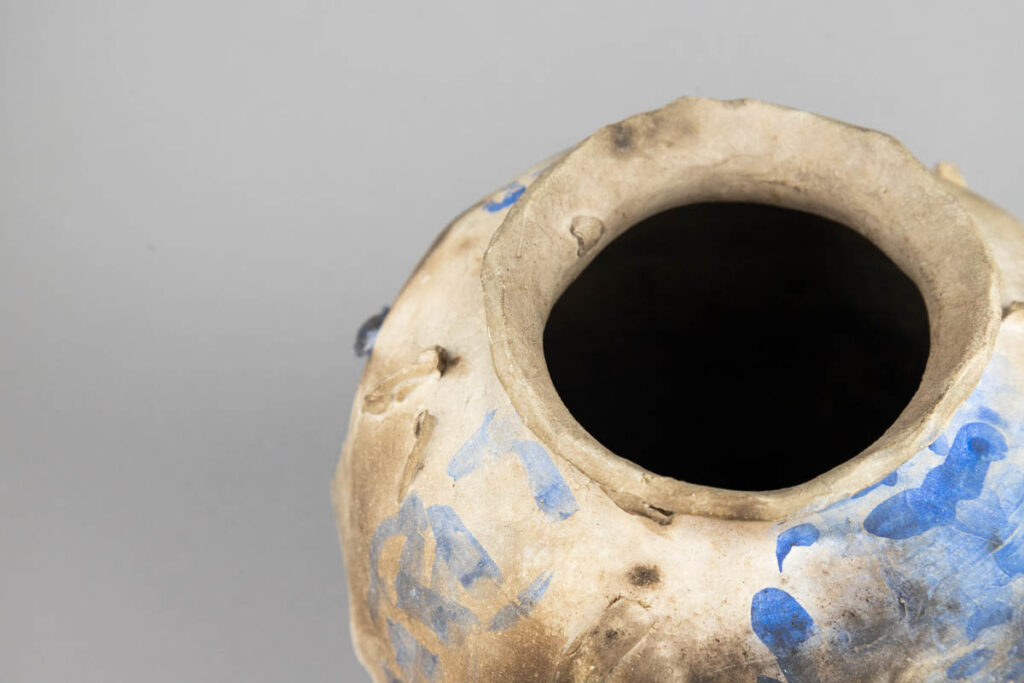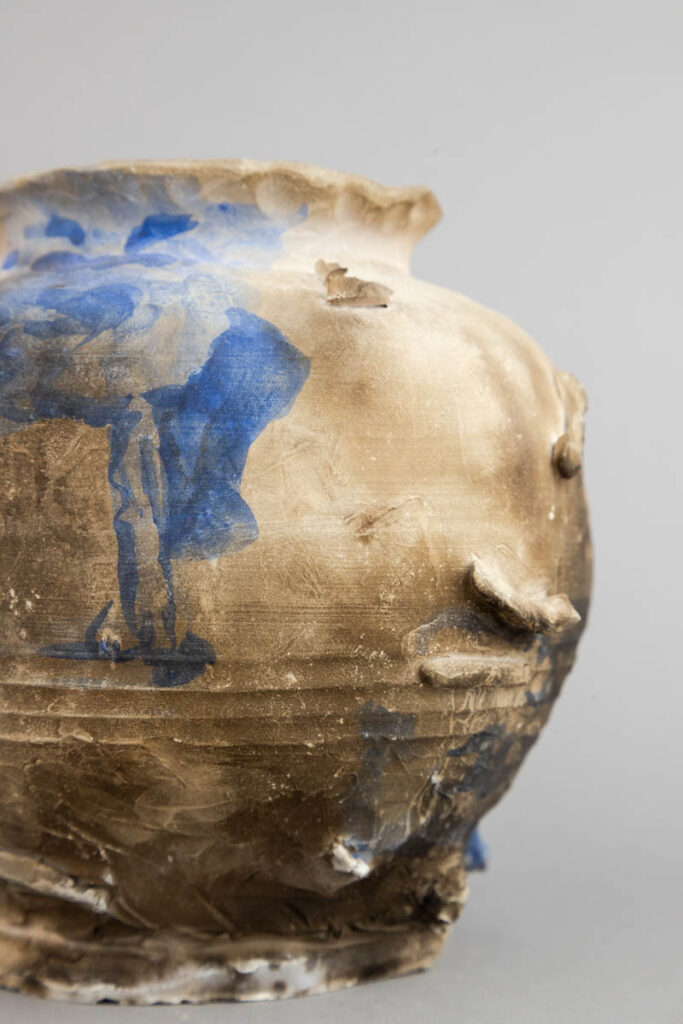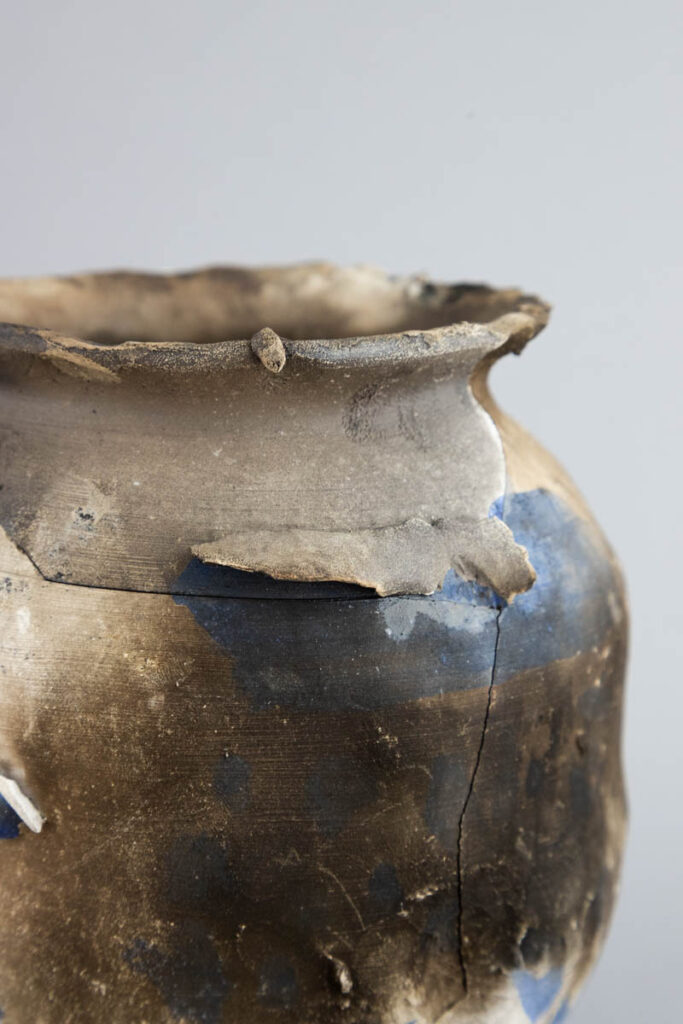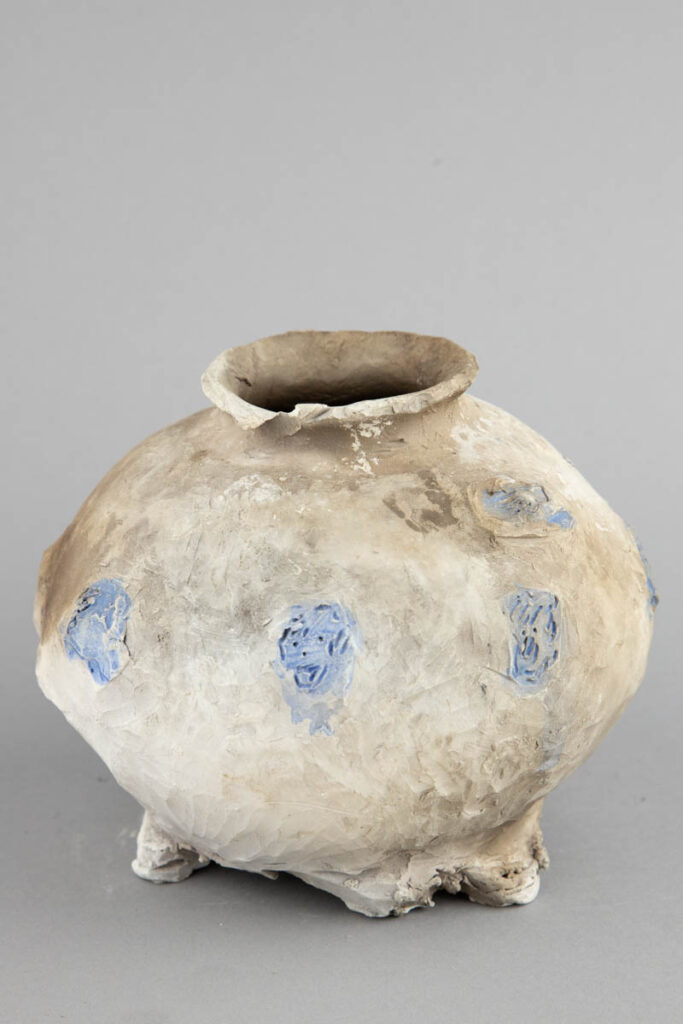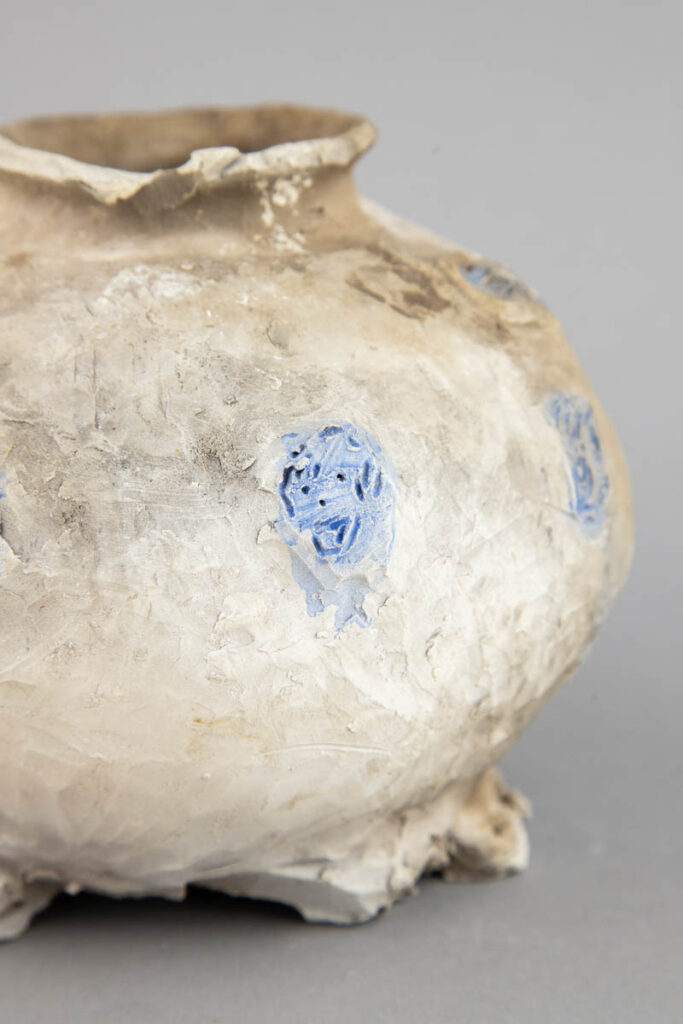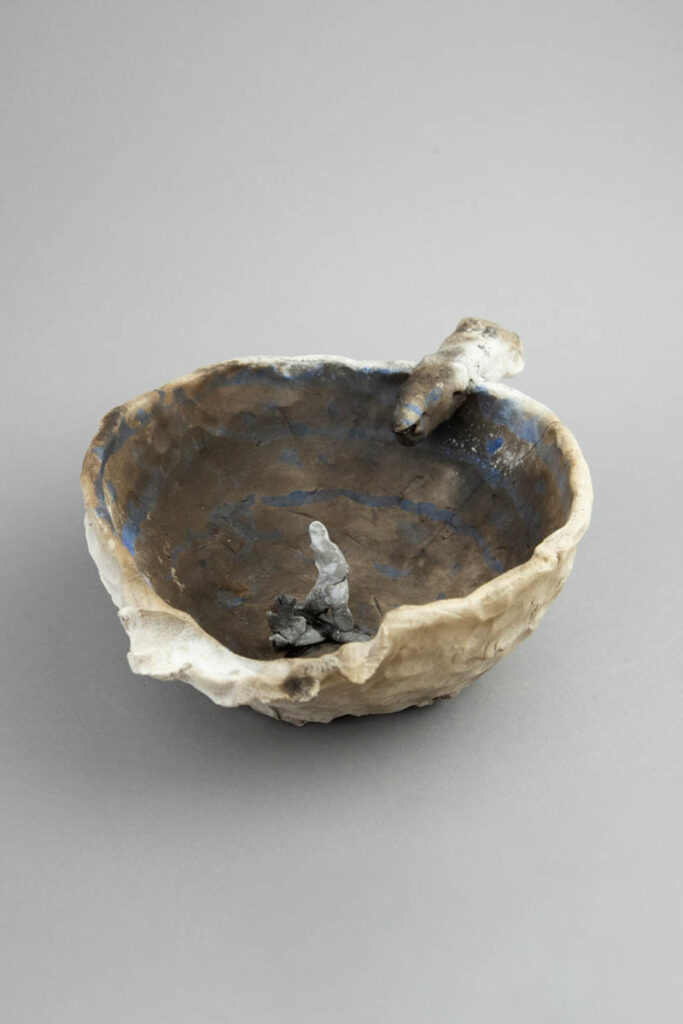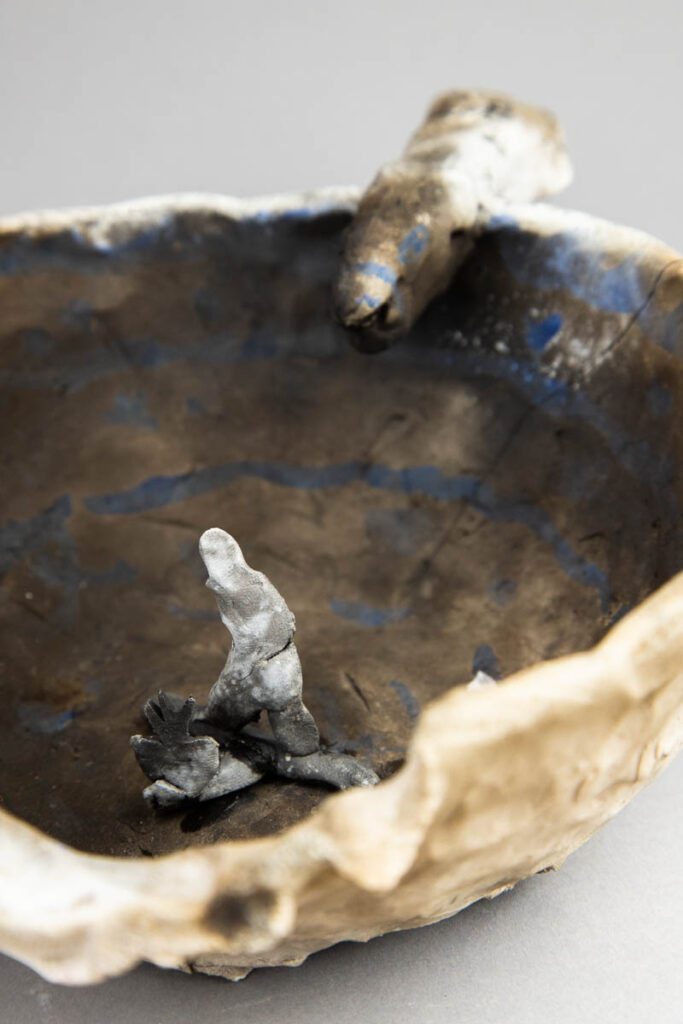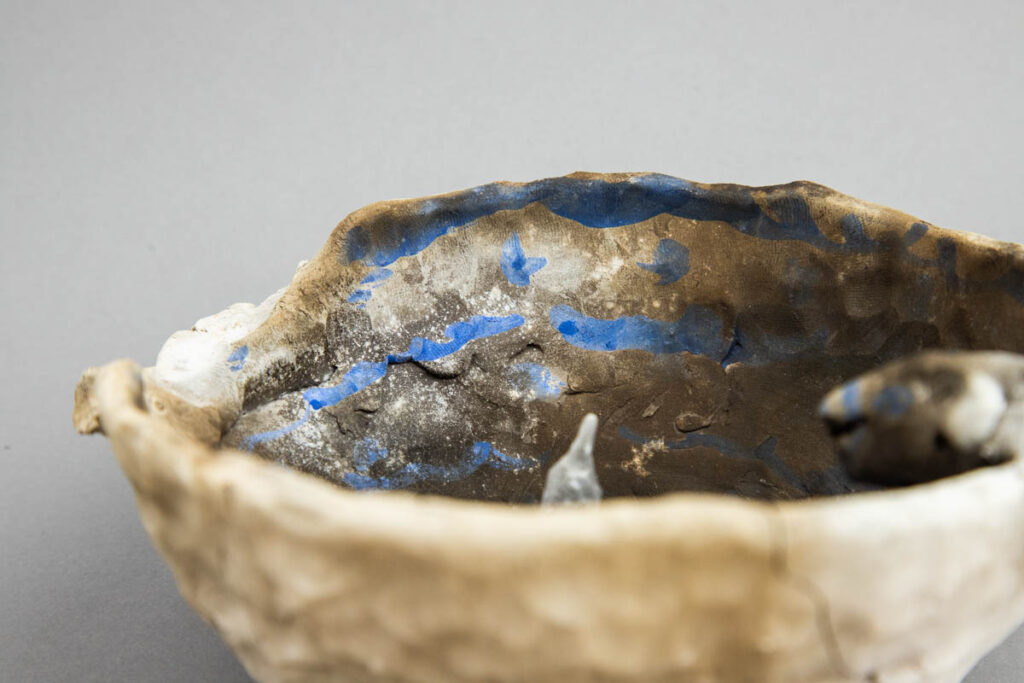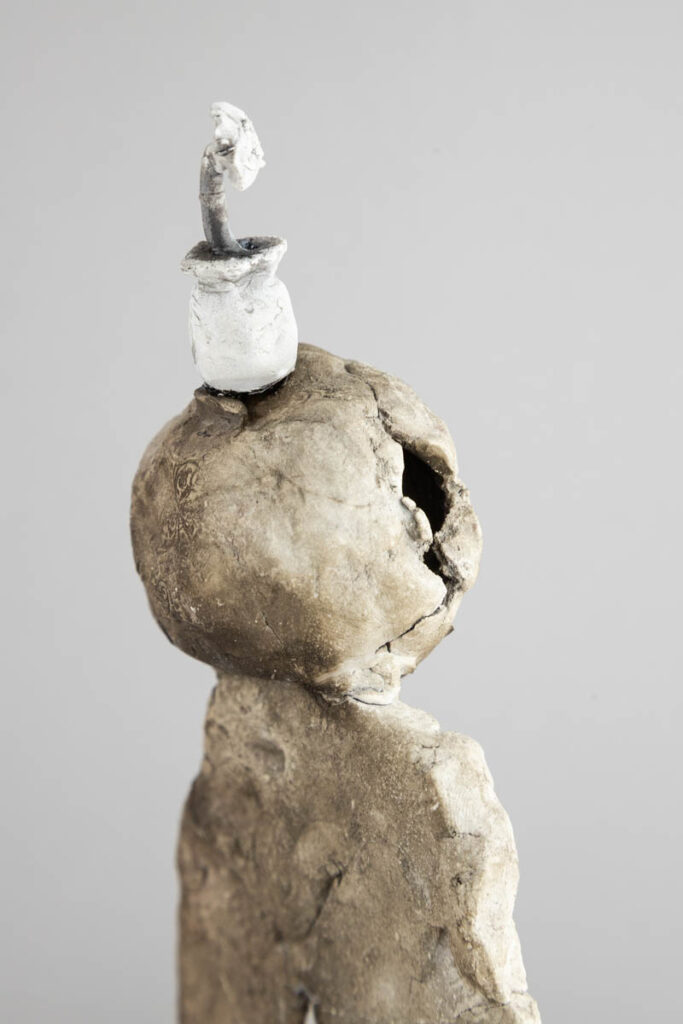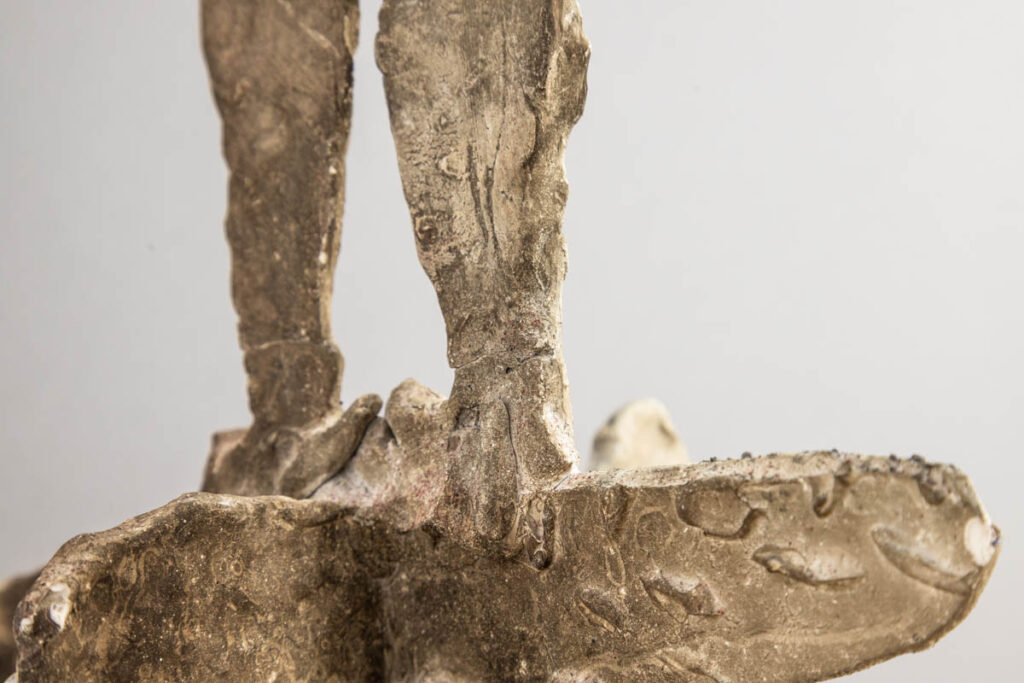
Solo show :: organized x Luis Campos :: @ Relaciones Públicas Fine Arts
December 2022








A feeling that lives in the private and hidden domain of sovereignty.
There is a void that occupies most of the space where melancholy expands. We’ve built our security with somatized fictions, in this case the home of thought becomes a prison. Space is not a place but a moment, a promise of futility that maintains the sense of survival, not biological but sometimes philosophical.
Painting, as we all know, carries the history of itself. However, it goes through an emotional uncertainty, sumerging us in an indescribable condition. The distinction between feeling and knowing is simply a void we fill with emotion. Is suffering a value for existence or a cosmetic sacrifice? Is the price to pay desire without access? The systematic relationship between perspective and memory… The material at a formal level suspends a multiplicity of durations and the art exhibitions overlap them.
Josué Gonzáles’ work is autotelic; it exposes an urban experience permeated by a policy of passionate repression in a state of repetitive euphoria and loss. Let’s think about the ways in which the process, material and time are related, the blurring of the border between the abstract and the figurative. It is an experience that resembles a memory, or a dream, that resists linear time, because it involves the use of multiple temporalities. Then, with a veil of mystery, the paintings move through time leaving a trace. An immediate void that cannot be filled but that synthesizes the weight of the absence. This exhibition is, in many ways, paranormal, depicted in a dream device. The melancholy can be a gesture, inscribed towards the future despite the memory; aspiring the impossibility of experiencing the present, but what is the present but a moment that we transit?
So let’s combine the individual and collective experiences of what happens in space in order to figure out how we can narrate each other. If the most terrible thing has already happened, now we are just navigating a state of infinite trauma. The imagery in this exhibition speaks through nightmares; a cluster of colors and images that at times we think we recognize; parts of skeletons, spaces, which are then lost in other forms where nothing makes sense. It is within that uncertainty we believe that the most terrible thing is about to happen. The paintings are not symptoms of anything, but ARE themselves.

LO MÁS TERRIBLE SE APRENDE RÁPIDO
Josué González
Un sentimiento que habita en el dominio privado y recóndito de la soberanía individual.
Existe un vacío que ocupa la mayor parte del espacio y es allí donde se dilata la sensación de melancolía, hemos construido nuestra seguridad en ficciones somatizadas, en este caso el hogar del pensamiento abstracto se convierte en una prisión. El espacio no es un lugar sino un momento, una promesa de futilidad que mantiene alerta el sentido de supervivencia, no biológico sino a veces filosófico.
La pintura, es sabido, carga la historia de sí misma. Pero nos atraviesa de una incertidumbre emocional, sumergiéndonos en una condición indescriptible. Entre ver y saber hay una brecha que nosotros rellenamos de emoción ¿Es el sufrimiento un valor para la existencia o un sacrificio cosmético? ¿Acaso el precio es querer y no acceder?
La sistemática relación entre la perspectiva y la memoria… El material a nivel formal suspende una multiplicidad de duraciones y las exhibiciones de arte superponen esas duraciones múltiples.
La obra de Josué Gonzáles es autotélica; expone una experiencia urbana permeada por una política de represión pasional, en un estado de euforia y de pérdida repetitivas. Pensemos las formas en las que se relacionan el proceso, el material y el tiempo, lo borroso de la frontera entre lo abstracto y figurativo. Es una experiencia que se asemeja a un recuerdo, o un sueño que se resiste al tiempo lineal, porque involucra el uso de múltiples temporalidades. Entonces con un velo de misterio, el tiempo profundo de la pintura funciona como una huella del paso.
Un vacío inmediato que no puede ser llenado pero que sintetiza el peso de la ausencia. Esta exposición es, en muchos sentidos, una experiencia paranormal, representada en un dispositivo de ensoñación. La melancolía puede ser un gesto, inscrito hacia el futuro a pesar del recuerdo; una aspiración en la imposibilidad de experimentar el presente, pero ¿qué es el presente sino un momento que transitamos?
Sumemos pues las experiencia individuales y colectivas de lo que acontece en un espacio y cómo es que podemos narrar o narrarnos mutuamente.
Si lo más terrible ya ocurrió, ahora solo andamos navegando un estado de trauma infinito. El imaginario en esta exposición son pesadillas; un cúmulo de colores y de imágenes que por momentos creemos reconocer; partes de esqueletos, espacios, que luego se pierden en otras formas donde nada tiene sentido. Y dentro de esa incertidumbre creemos que lo más terrible está por ocurrir. Las pinturas no son síntomas de nada, sino que son en sí mismas. La descripción anecdótica pierde fuerza en el momento en que lo que sentimos no es suficiente. Así que intentamos ponerlo en experiencia estética.




